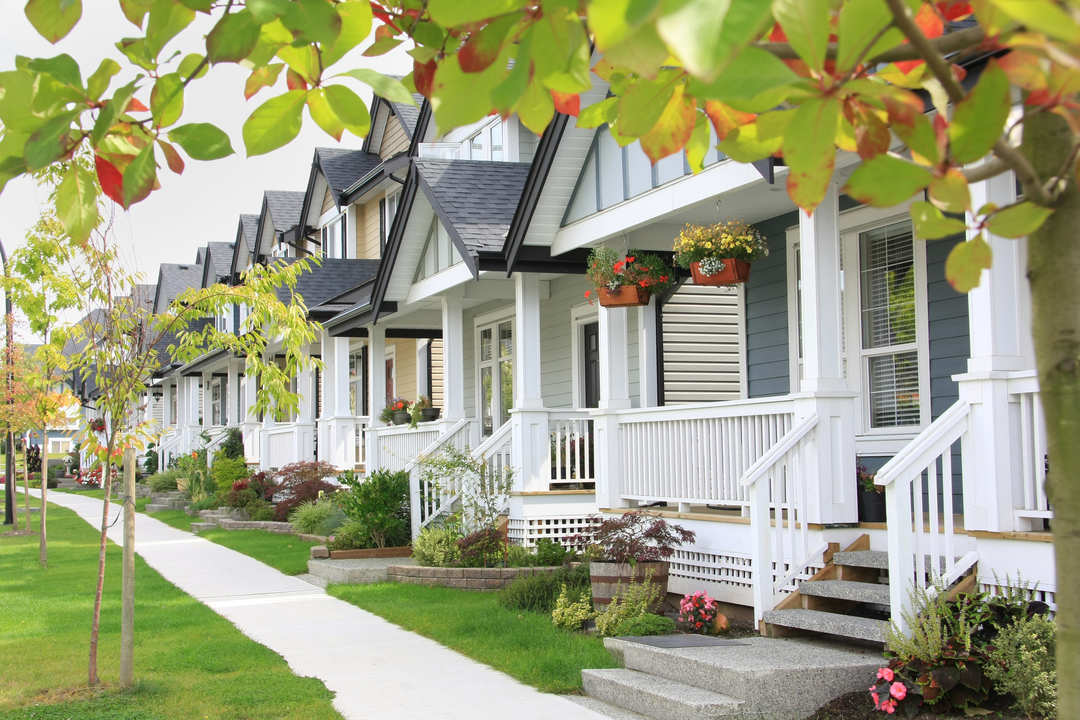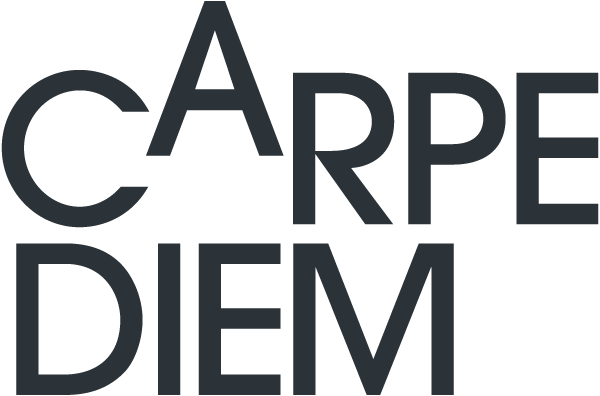
We have an affordable housing crisis that many families can fix for themselves
Our housing market needs a lot of attention, and our governments are rightly focused on the lowest incomes and the most vulnerable populations, with their efforts to increase the supply of affordable rental housing. I’m focused on making ownership attainable to another, larger component of the renter market demographic – those whose families are fortunate to have some financial means with which to help.
This article is about building wealth through family real estate ownership. To some this sounds like the source of the housing crisis in the first place. But stay with me. I think it’s about building financially secure, stable citizens who can better give back and help others. And families have the most power to address their own affordability dilemma in housing.
Let’s stop telling our governments to fix our kids’ housing problems. And let’s stop standing by feeling helpless in the face of a rising housing market. Seventy-seven percent of Canadian Boomers are home owners. As homeowners with substantial equity, we should take care of our own.
Family wealth management
Recently it’s become clear that the Bank of Mom and Dad are helping their heirs into home ownership more than ever before. At Carpe Diem, we’re working to channel the power of family bonds and home ownership equity into solving the affordability crisis for a lot more families.
When you consider family wealth as an inter-generational thing, you start to discover the role that future heirs can play in maximizing the family wealth and making it work for the family’s collective long-term benefit. Younger family members who are paying rent are paying off someone else’s mortgage, but they could be the key to ownership of another principal residence (on which the gains are not going to be taxed).
Buying a principal residence is arguably the best investment a Canadian family can make. And when we can take care of our own housing, it can free up limited government subsidy dollars to be focused on helping the most vulnerable populations and those with the lowest incomes.
But for most families, buying another home is a daunting challenge. It needs to be done safely, with sensible security, and control of the family money.
Understanding the dynamics of investment risk management and leverage
Residential real estate offers the benefits of managing risk, employing the power of leverage, and in the case of the principal residence, the tax advantage of not having to pay capital gains tax. These are the investment patterns that allow the “rich to get richer” and the average middle-class family can employ them, too, when they understand how it all works.
The fortunes of the rich and famous
It’s well established that almost anywhere in the world, most fortunes have been made largely based on real estate investment and ownership. Understanding the link between real estate ownership and access to capital is key to exploiting the wealth building strategy of the uber wealthy – a strategy that even modest families can also employ. Wealthy people can borrow to acquire more assets. Families can do this too, in the housing market, and turn their kids’ roles as renters to advantage. First, let’s look at the fundamentals.
Risk management
Stable tenancy and cash flow is the bedrock of good real estate investment. Ideally the rent covers the mortgage and other carrying costs, while the value keeps rising.
If we can help them get into the home of their choice our own family members should be trustworthy to pay the rent and take care of the home. They are not the transient general public who might not care for the property, and who might vacate in a month, leaving us with negative cash flow.
Leverage
You buy a home with only, say, 20% of your own cash, and the 80% balance borrowed through a mortgage. The cost of those funds is the interest rate you pay, and it’s usually covered by the rent you collect. Ideally, that leaves you as the investment owner with nice returns on your equity investment. To use leverage this way, though, you need both that 20% down payment, and the income to support the mortgage debt.
Rising asset values
Given Canada’s place in the world, and our own economic and immigration policies, it’s both predictable, and generally expected, that the price of new housing and the value of our homes is constantly rising.
Equity gain
With 4-to-1 leverage (I mean, that 80/20 mortgage to down payment relationship), when the home gains 10% in value, the equity increases by 5 times that – like, by 50%. That’s the power of leverage when combined with rising asset values.
Availability of credit
When the asset value greatly exceeds the mortgage level, there’s what’s called “lending room”. And with abundant capital, looking for secure places to make profit from lending, the owner can borrow from their housing equity to make other investments. As a general rule, the more wealth they have built up, the more credit they will be offered.
This is the essence of the complaint that “the rich get richer”. The truth is that “the rich have access to capital, and they put it at managed risk to acquire more assets”.

We need to democratize this wealth building strategy
By using this strategy within our family wealth management plans, we Boomers can make affordable home ownership accessible to more and more of our young people. The simplest approach is likely to borrow against the equity we’ve built up in our own homes.
But would we give our kids a car before ensuring they know how to drive? With housing and mortgages, we need to ensure they have the basic life-skills of financial literacy and debt management, first. Then we can give our kids the opportunity to start building the kind of financial security that we have enjoyed through home ownership. We’d like to help with that, so check out our Mortgage Literacy Course.
But how does a modest family do this safely and securely?
Some families have enough financial depth to buy and own several homes, with their kids as the reliable tenants. When the kid’s income is enough to support the mortgage debt, they can take over the mortgage and become the owner. But most families would be challenged to carry several homes. The Live to Own™ program is designed for them. We’ll give their kids, as renters, the option to purchase, and time to qualify for the mortgage. Mom and Dad don’t need to co-sign a mortgage or take on the ownership. While their child rents the family equity grows, to support their eventual purchase.
Wealth building is more than a selfish thing for the privileged and the already wealthy
Carpe Diem is unreservedly promoting wealth building as access to security, wellness in the truest sense, and contribution to a better world. Our younger generations are as socially committed as we ever were, and arguably they are smarter and better aware of what needs fixing. Stable, secure citizens can take care of themselves and then give back to their communities. That’s who we want our kids to be. Their financial security will be a good thing for society.
Victimized, or lifted up?
It’s one or the other in our housing market. Do we want to see our kids standing by while the market keeps moving further and further out of their reach? Or will we look for ways that they can participate in that rising market and be lifted up with it? Will they be renters as victims, or as opportunists?
It’s up to us to decide.
